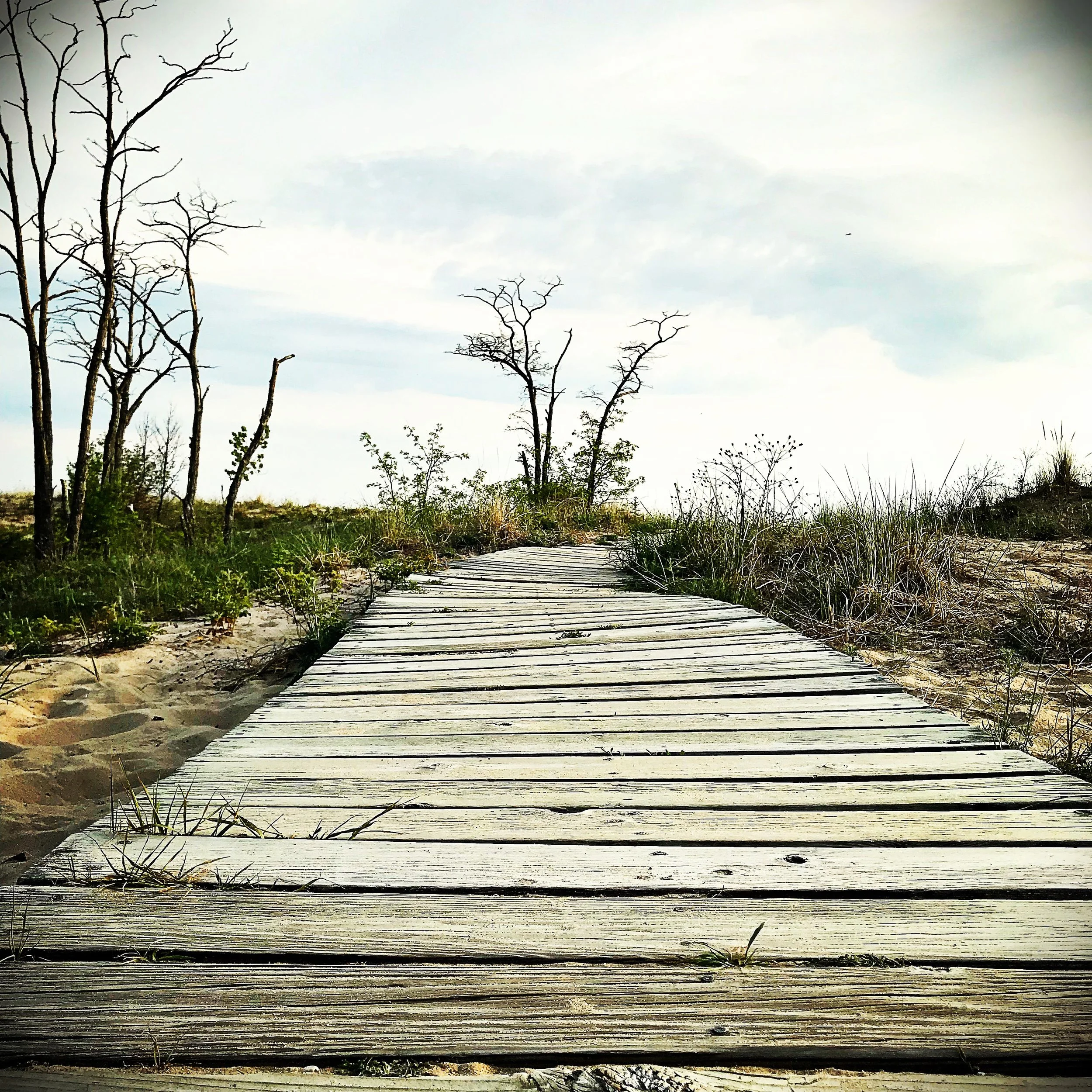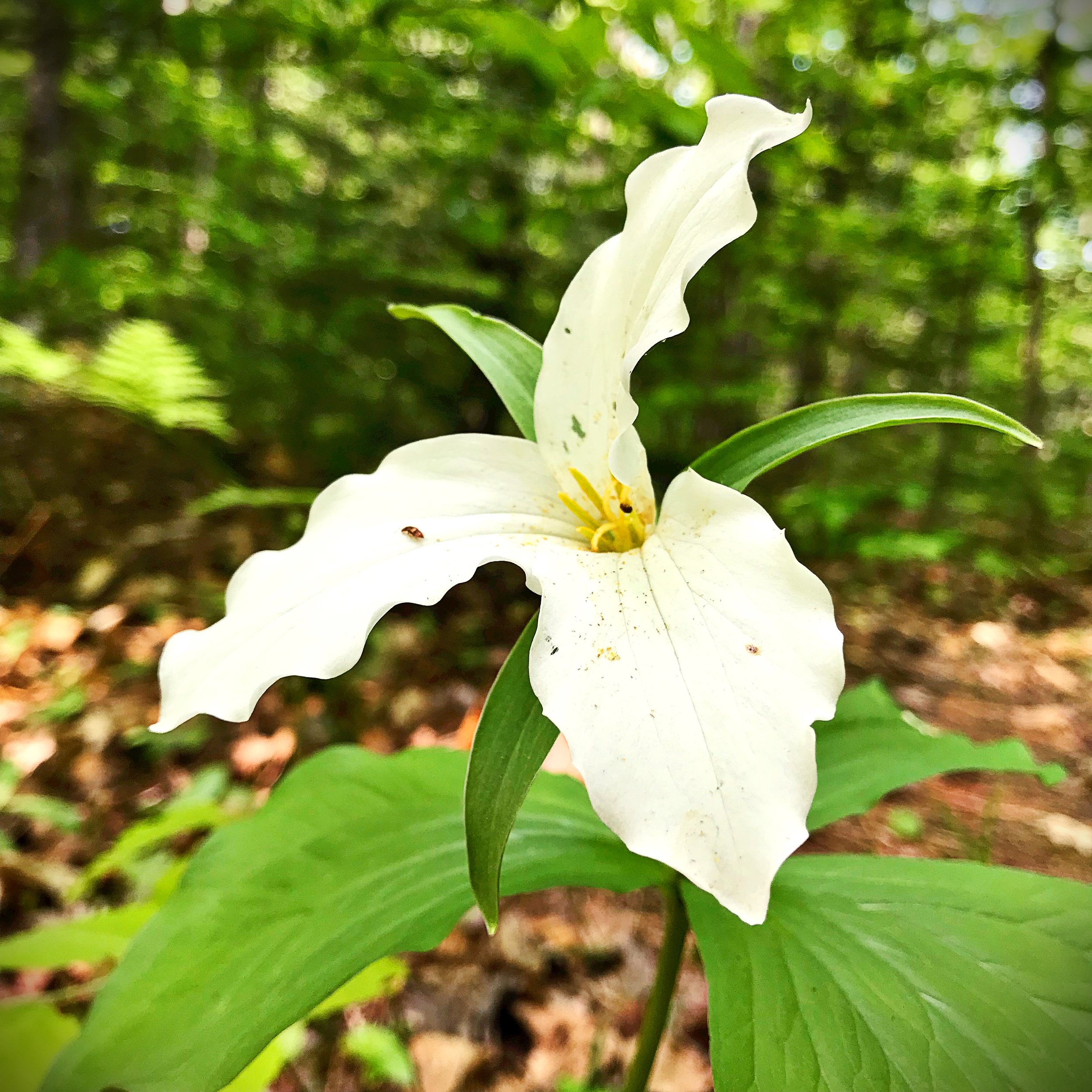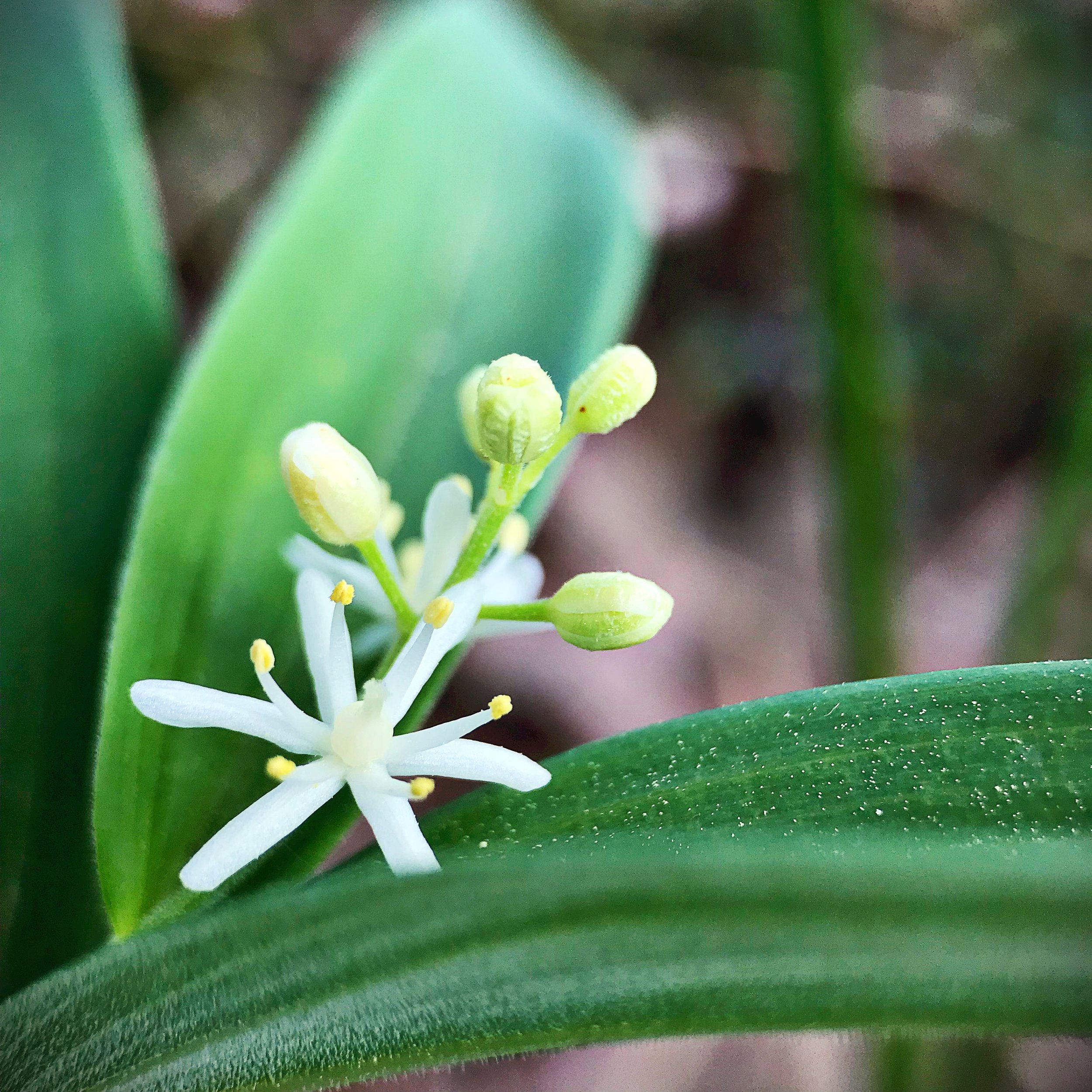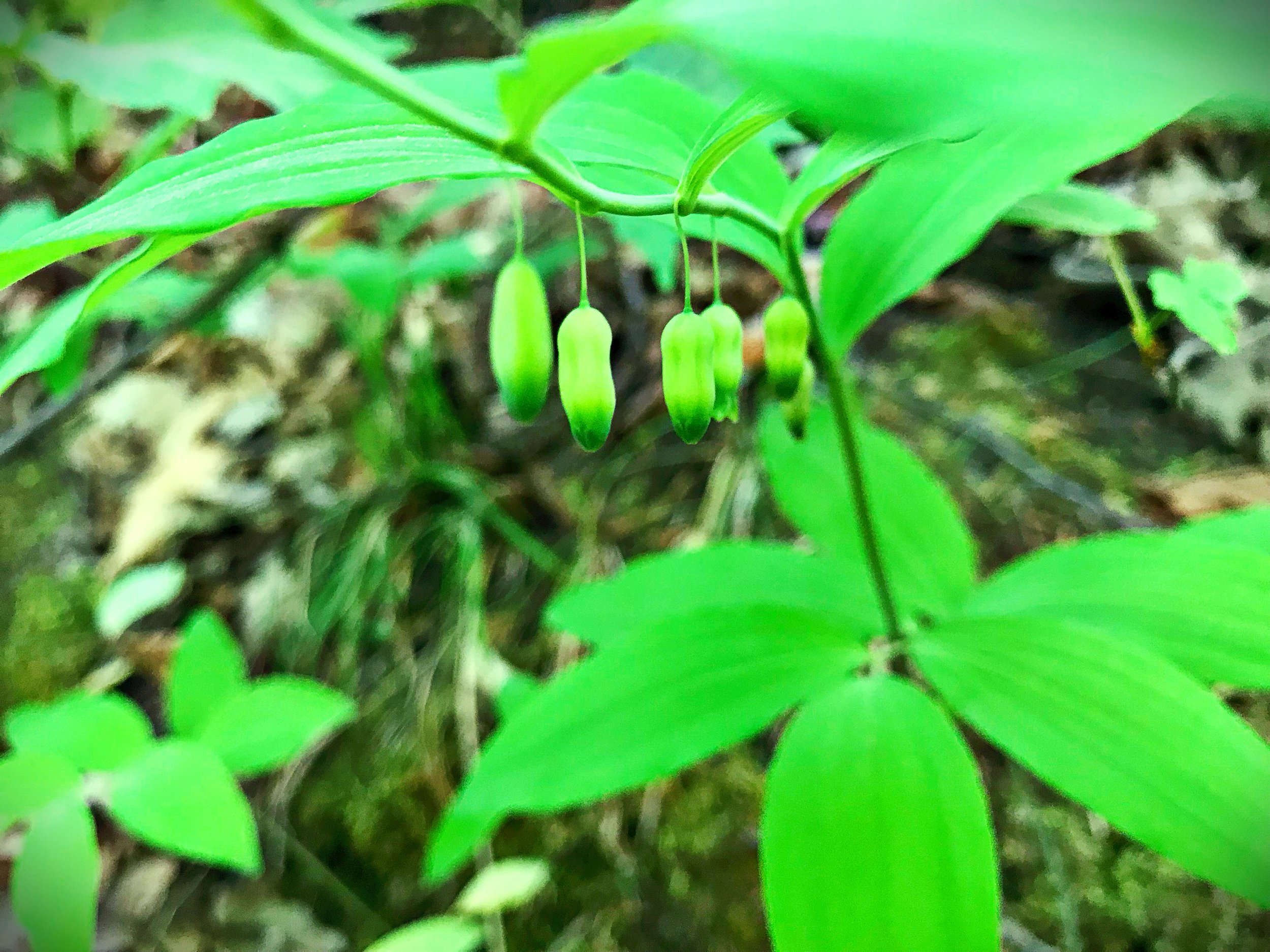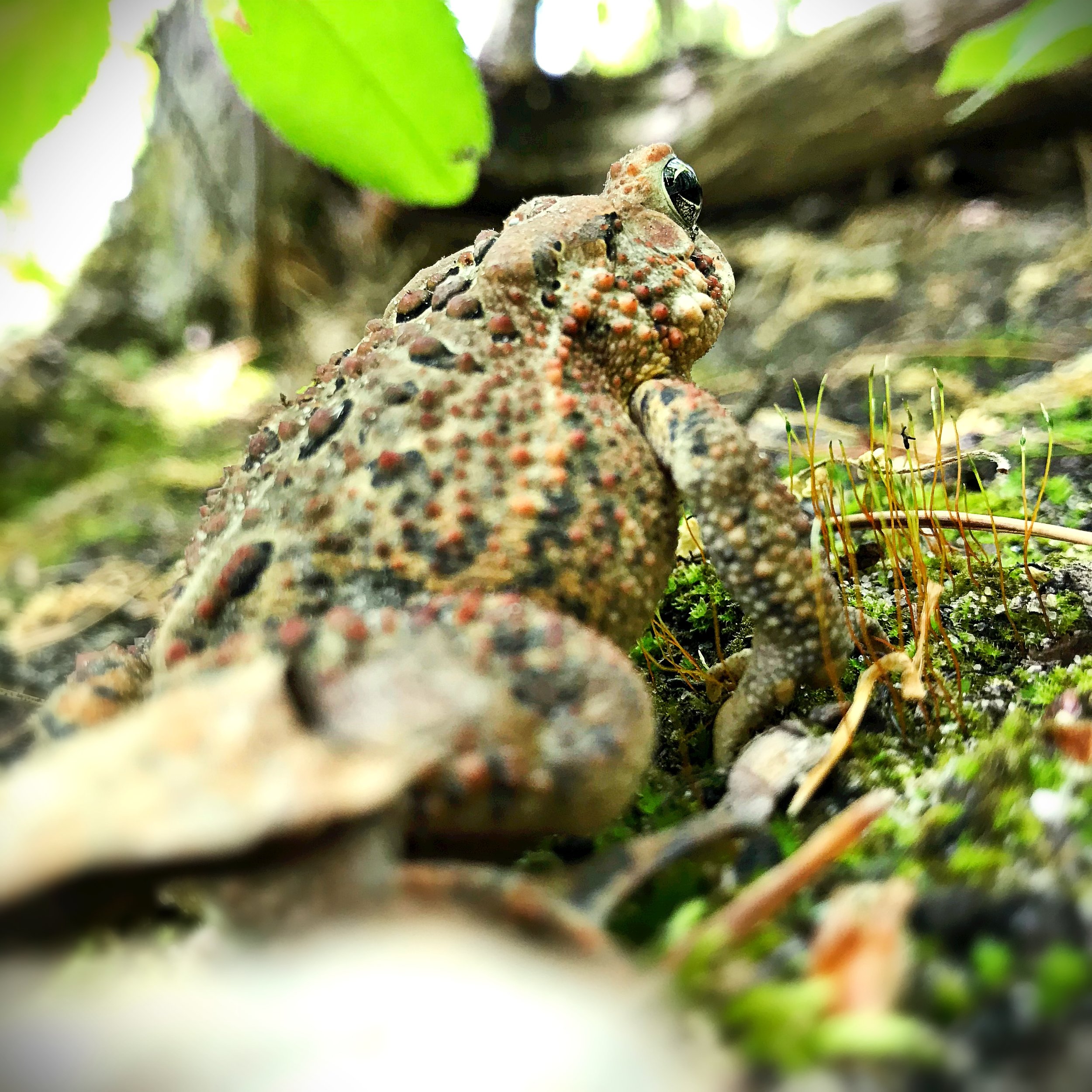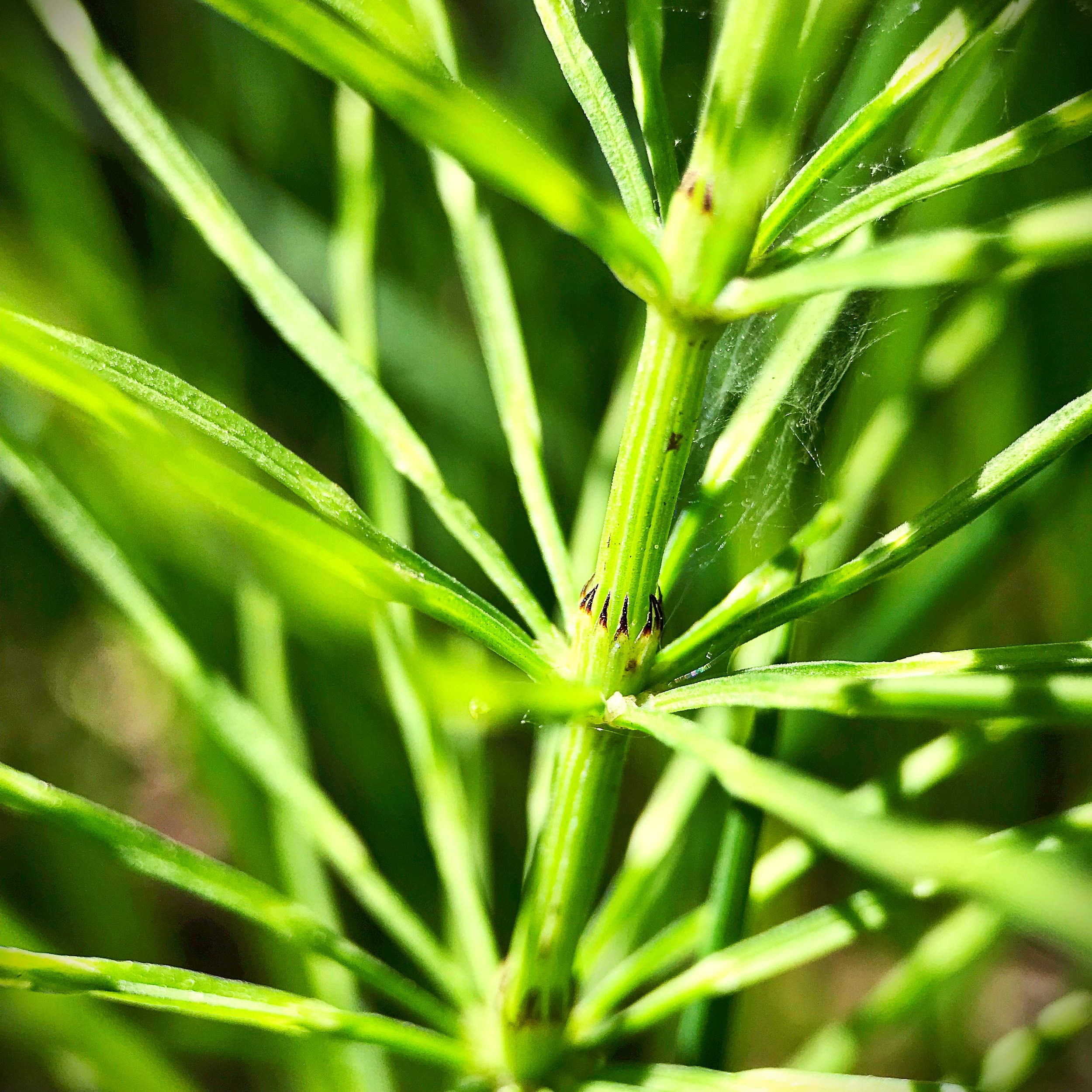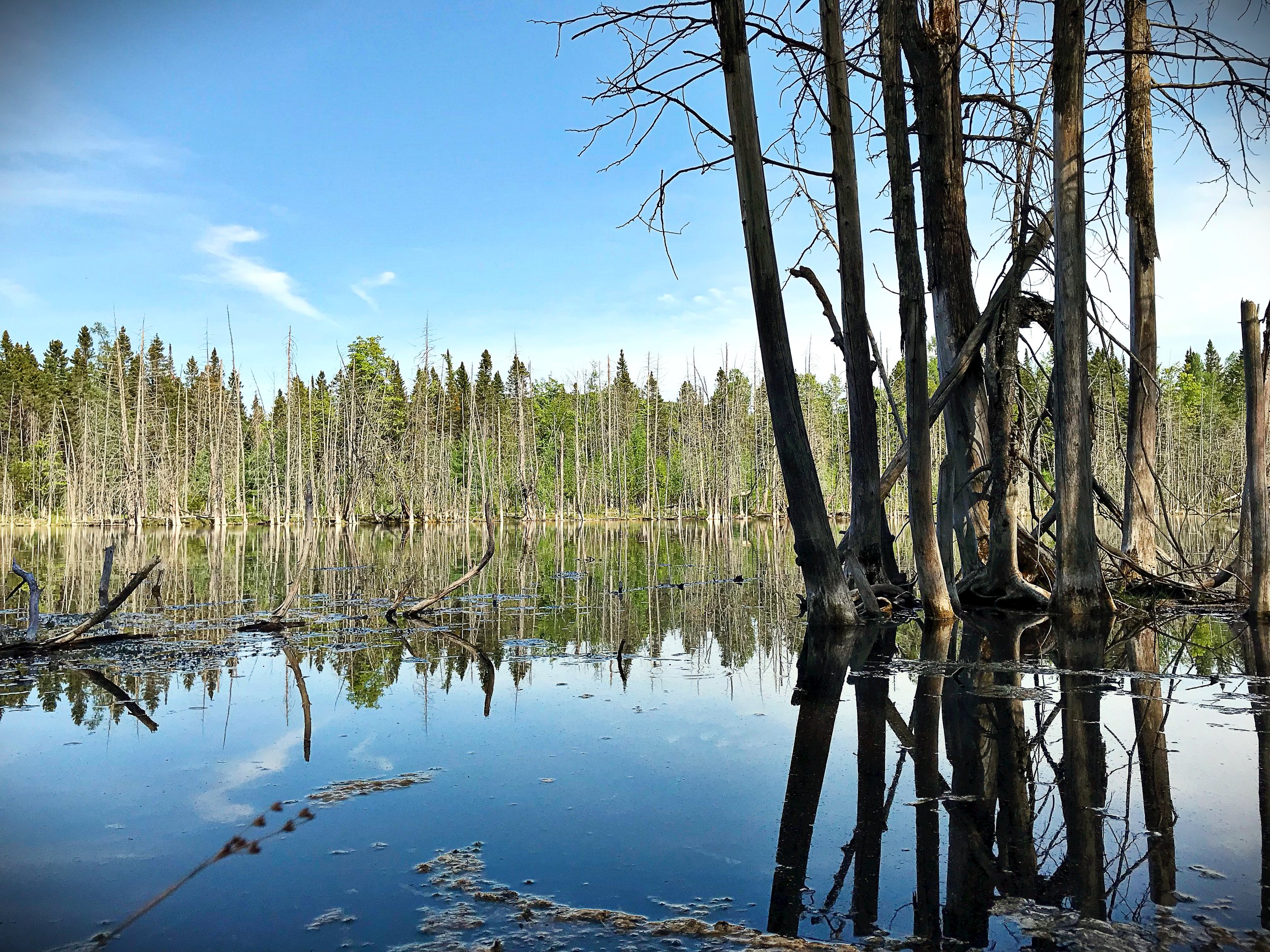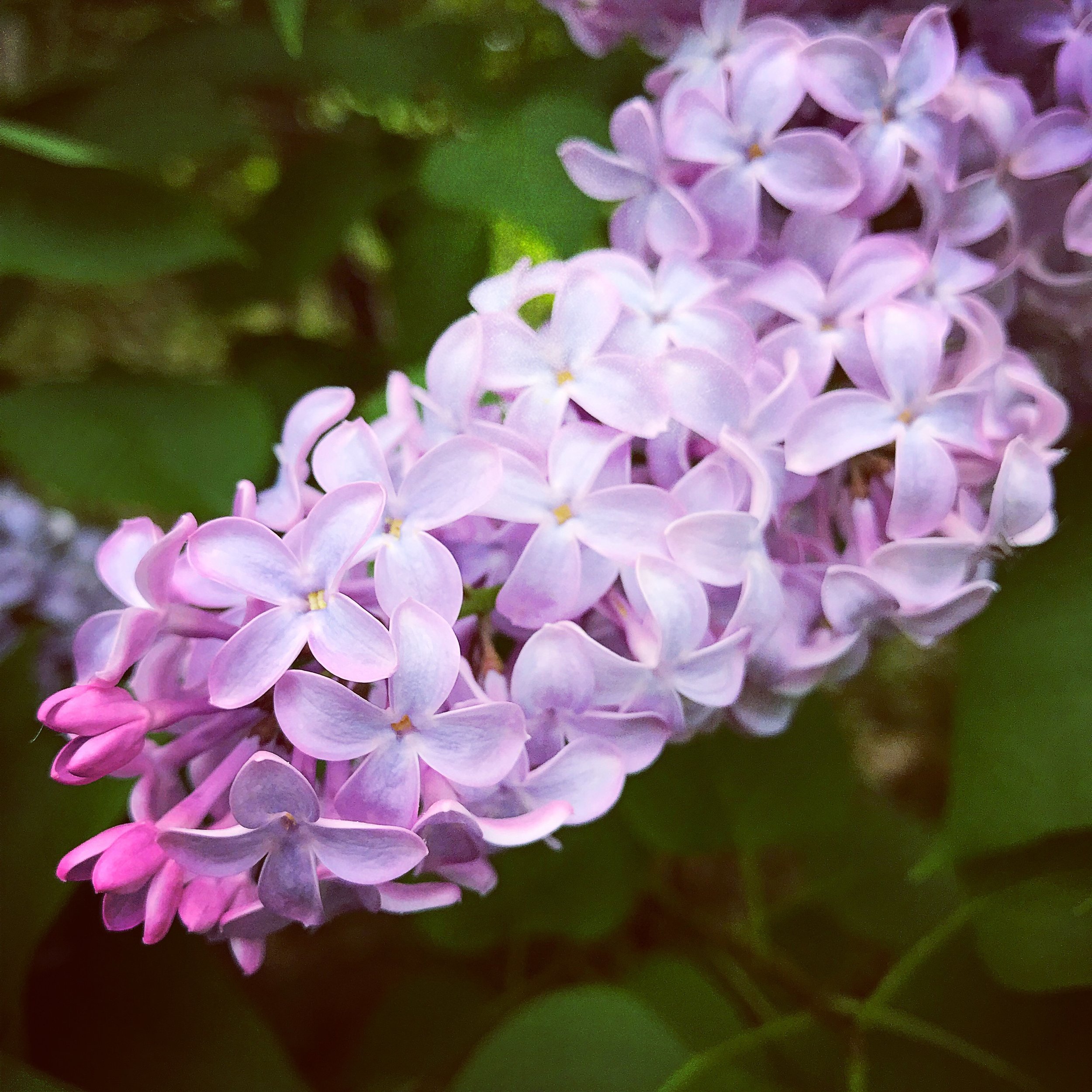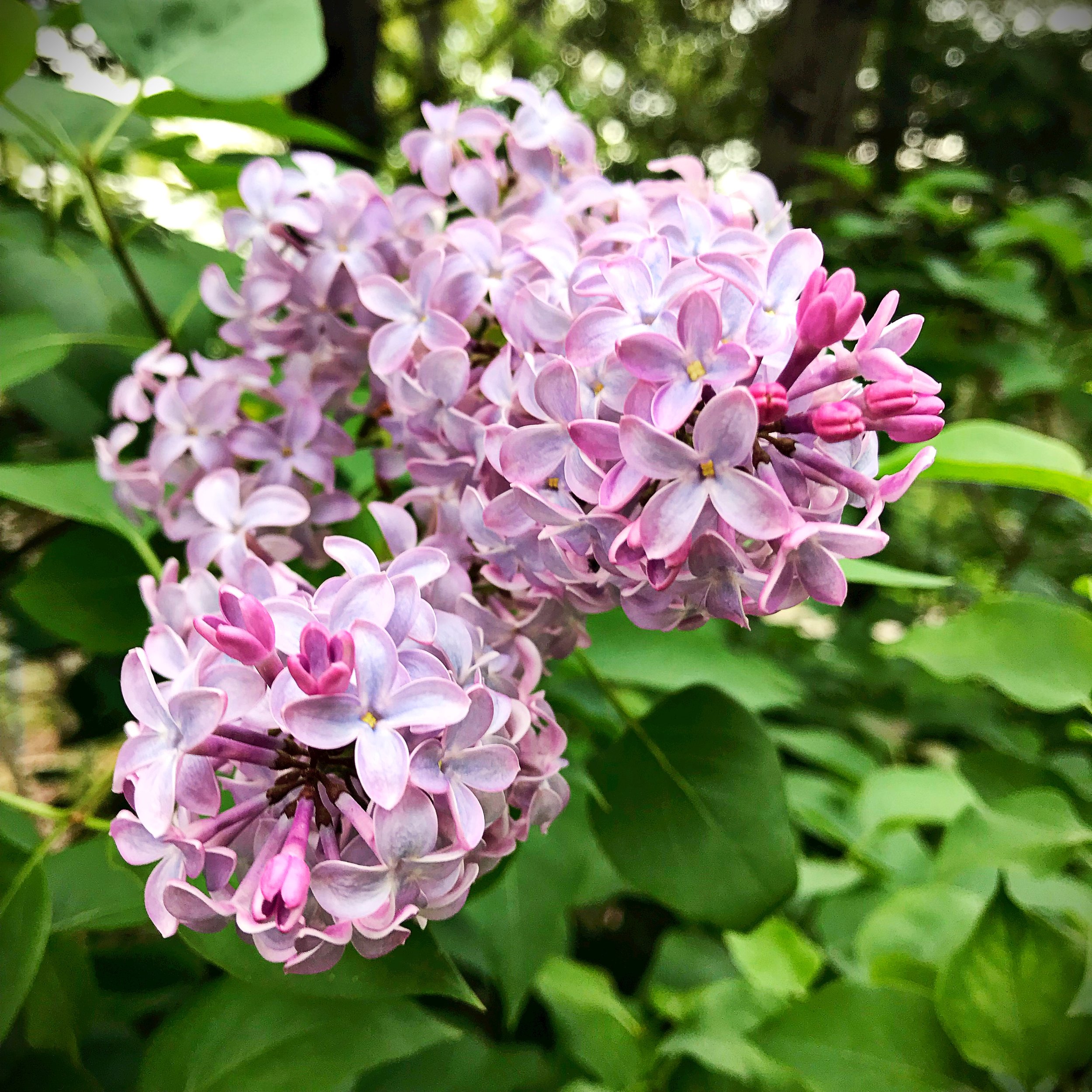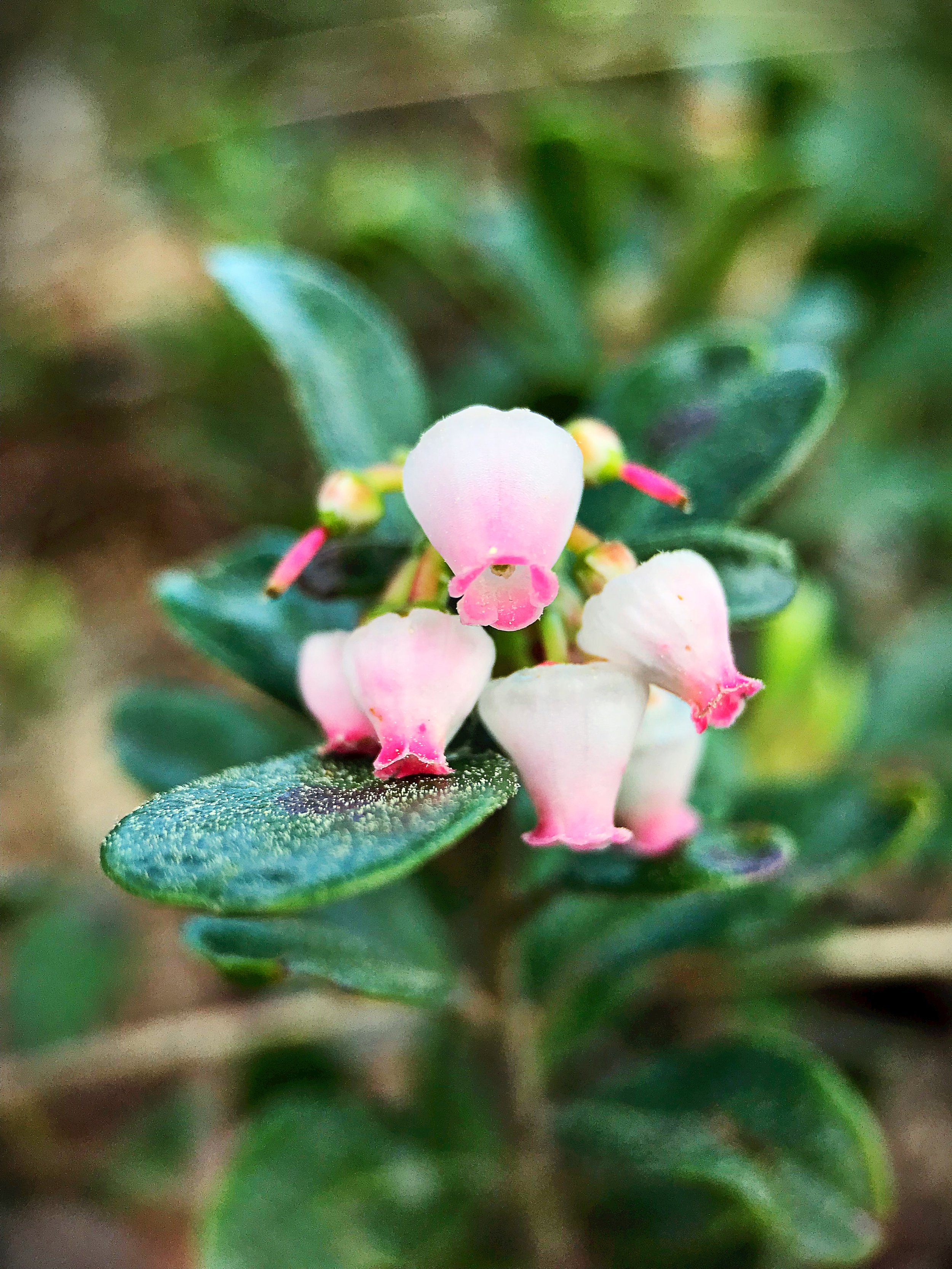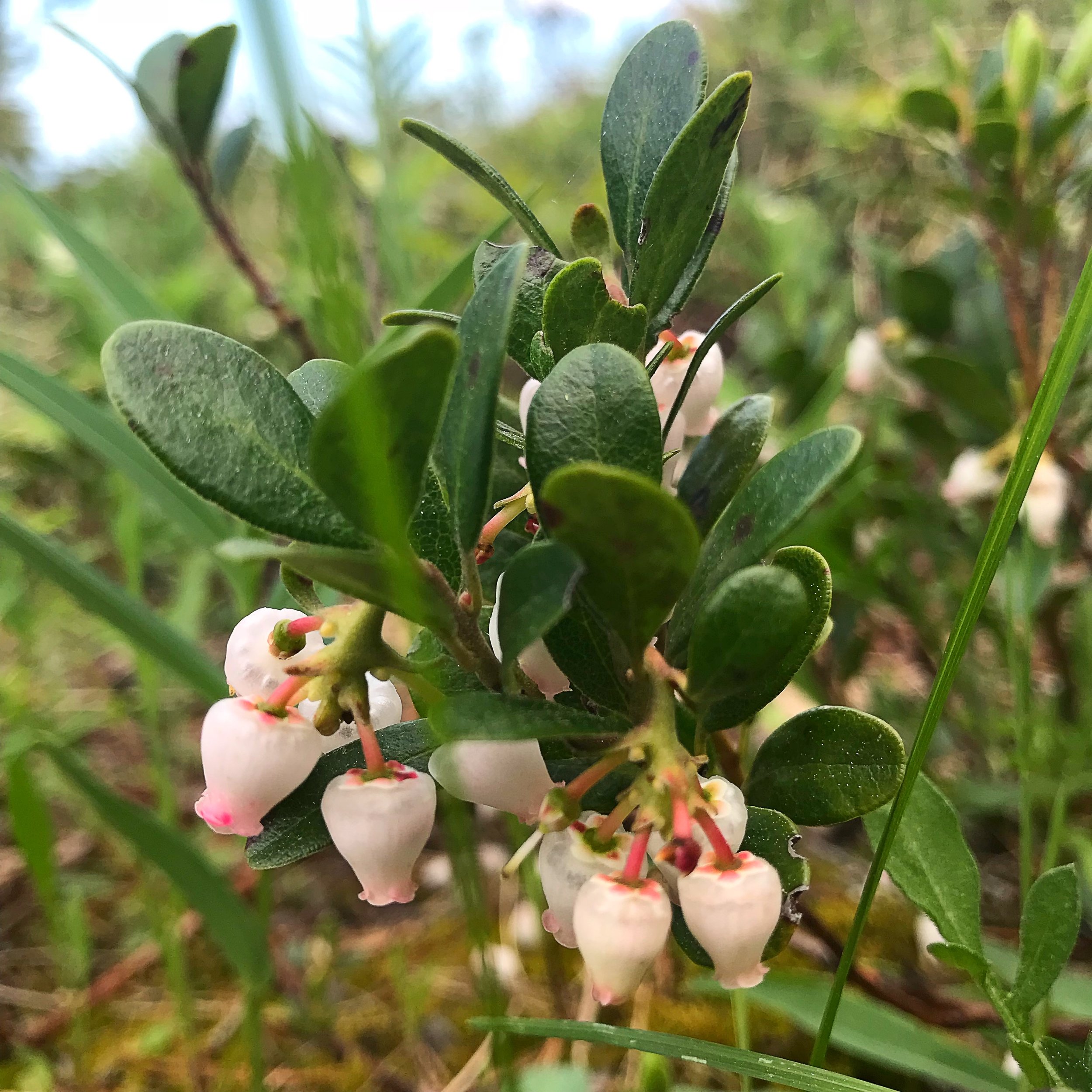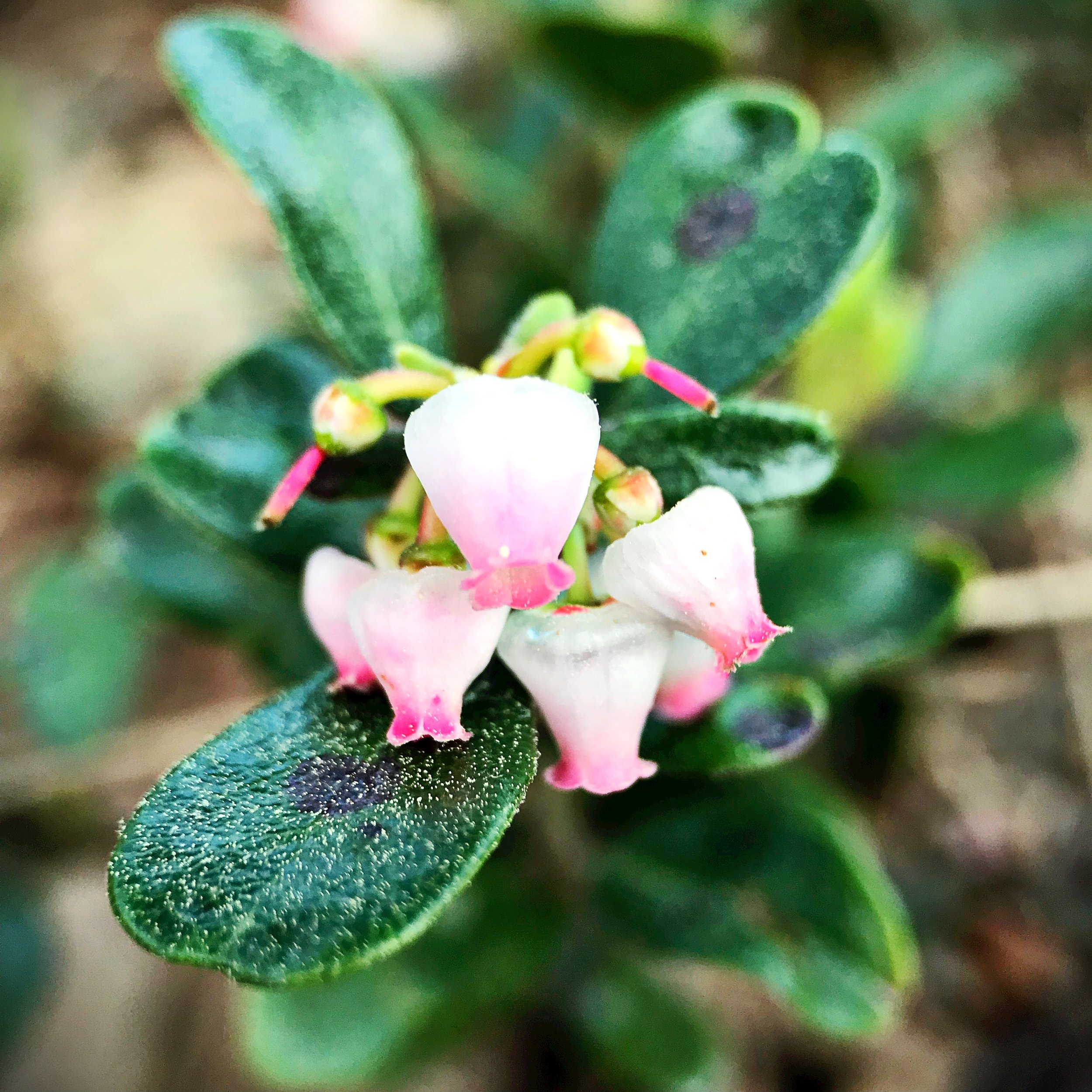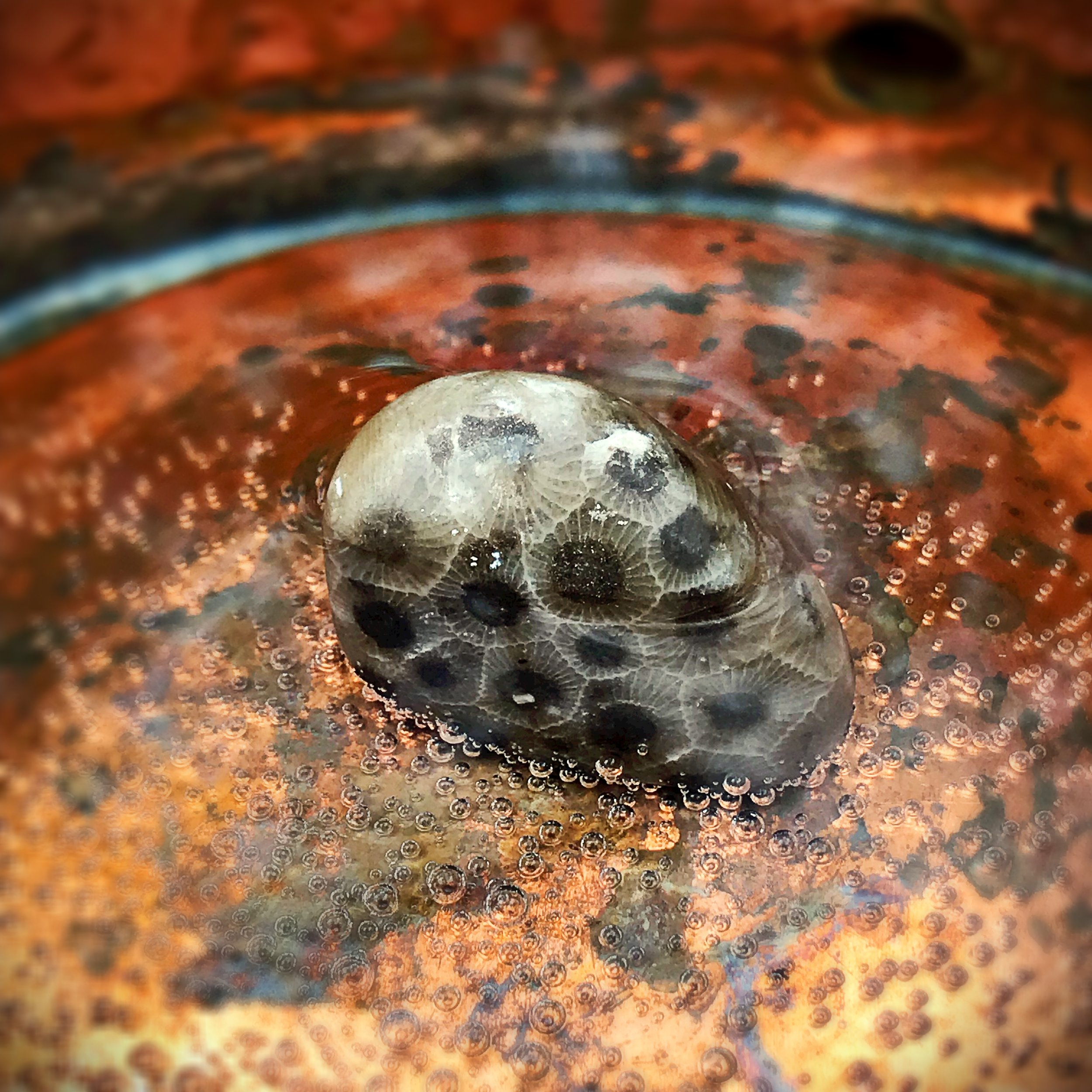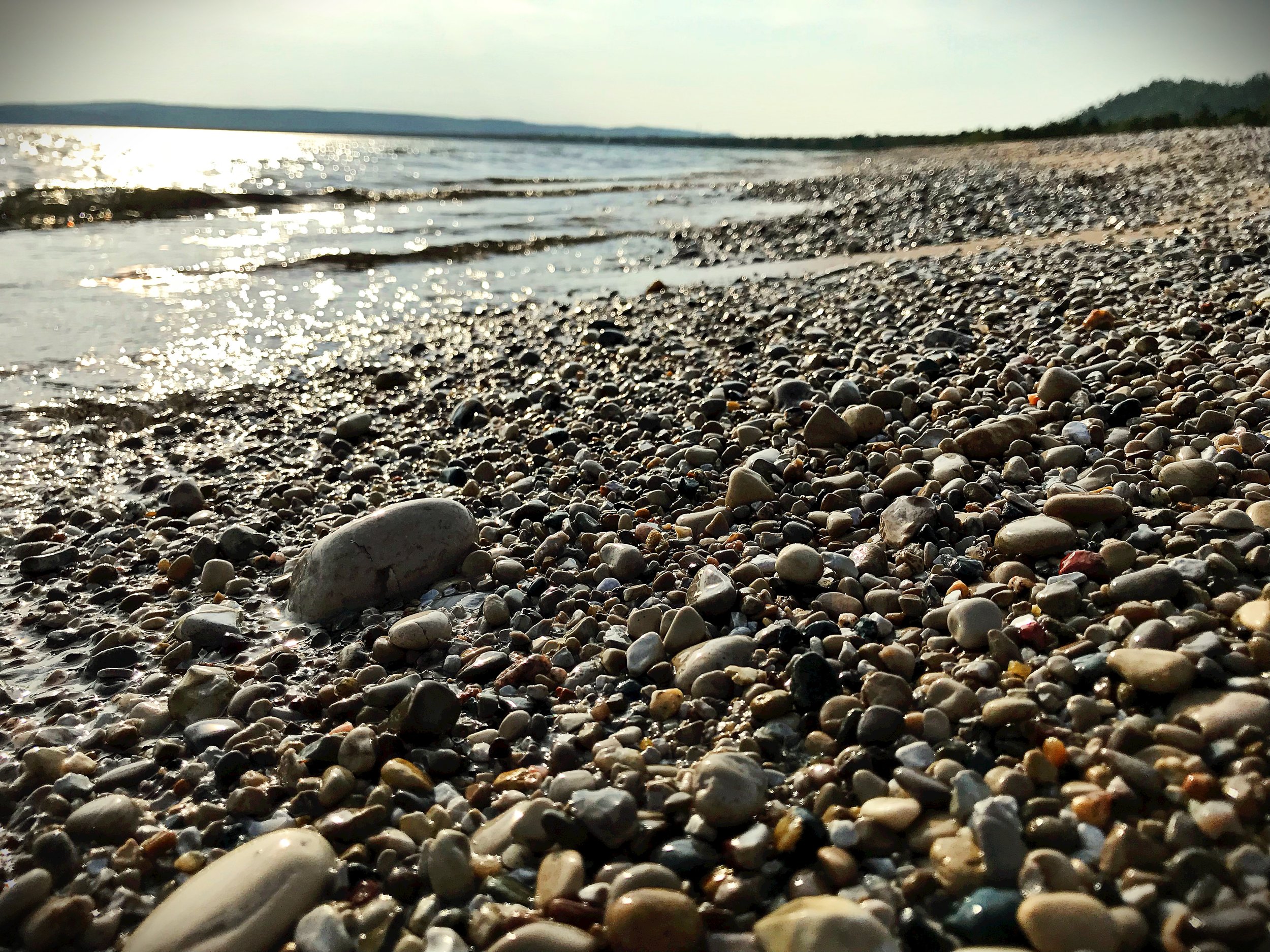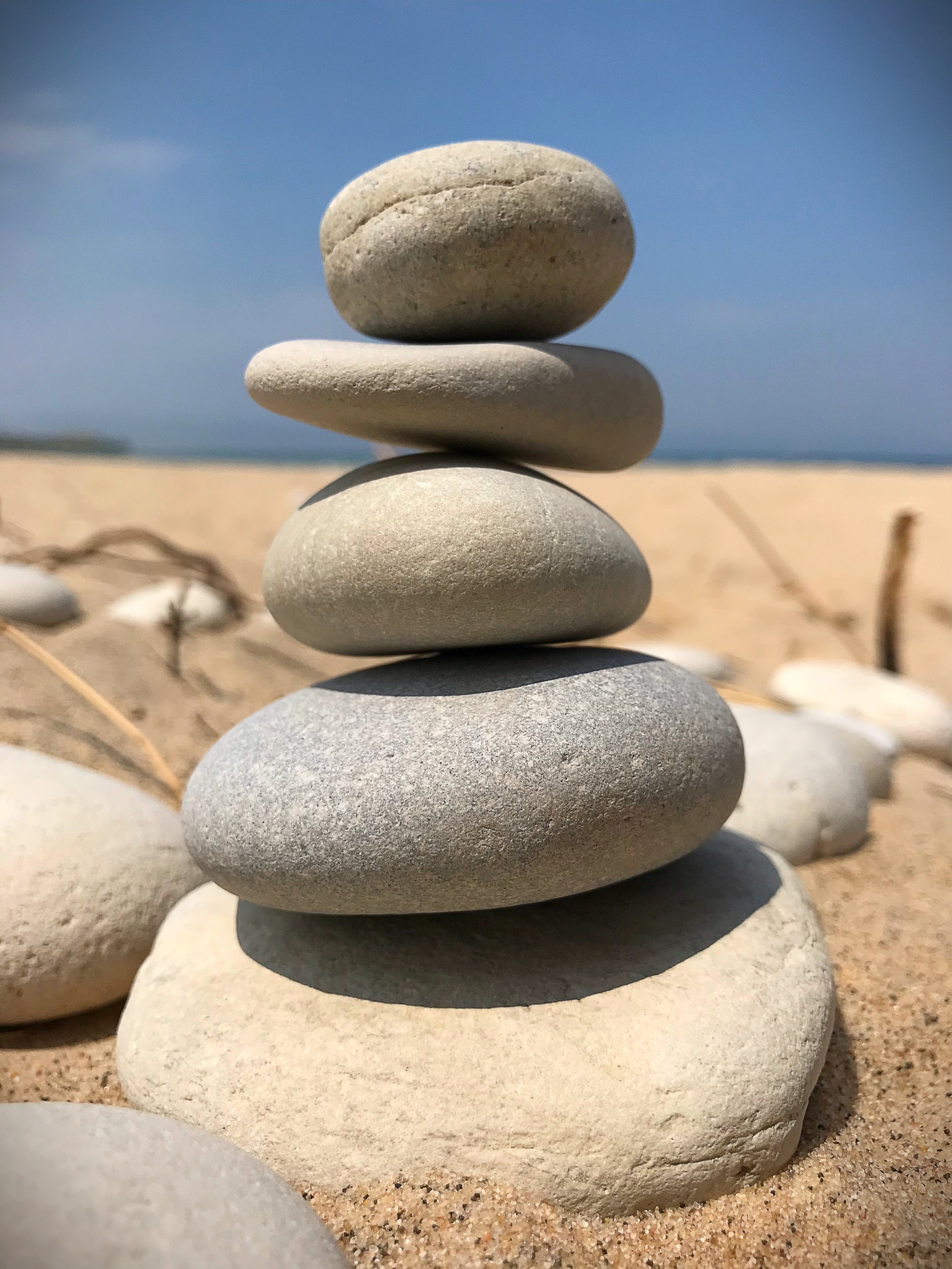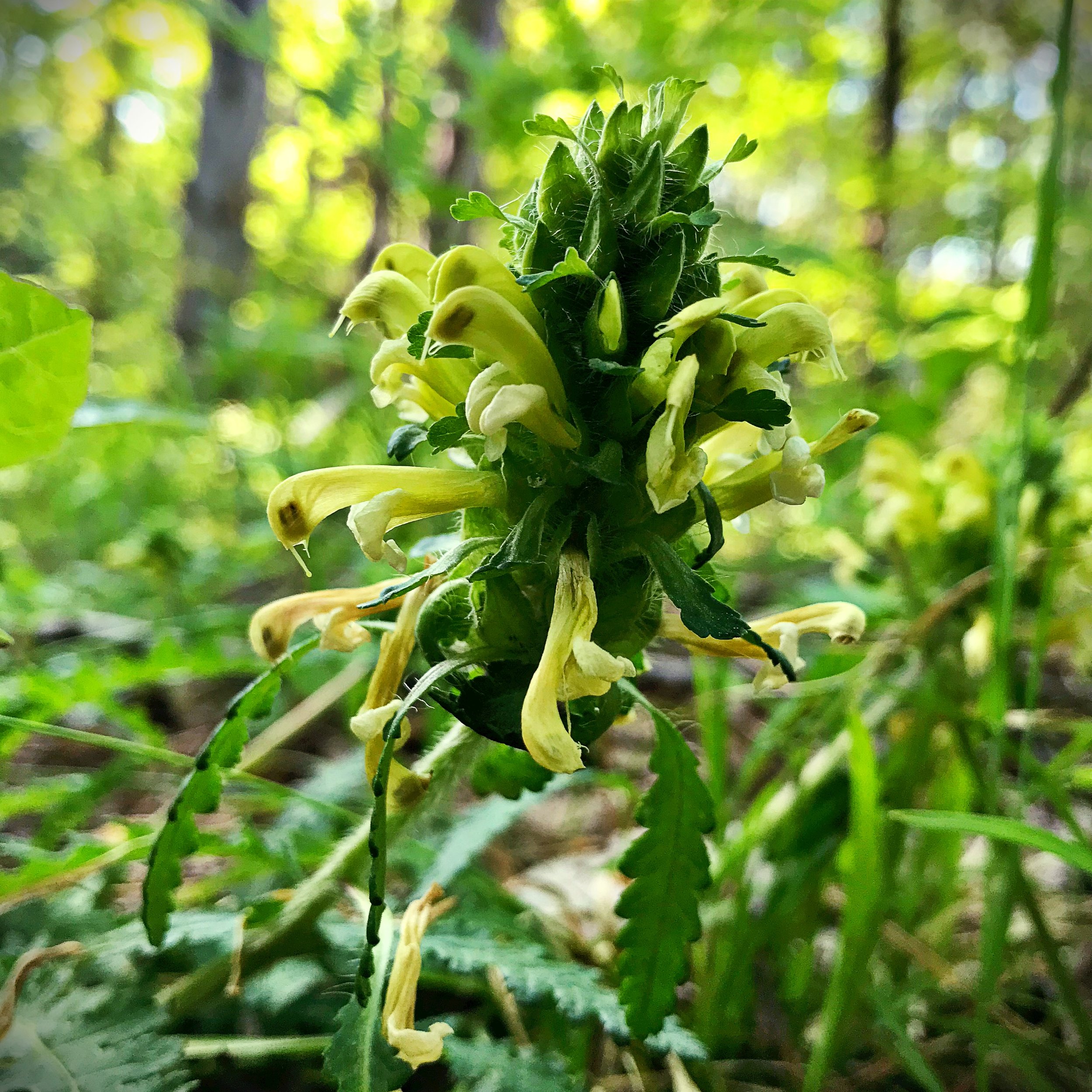On May 25th our friend and beloved herbalist, jim mcdonald had a massive heart attack while teaching in Scotland. He is currently on life support and awaiting either a heart transplant or open-heart surgery. jim and his family need our love and support. You can send prayers, vibes, intentional energy, and if you are able you should donate to his Gofundme. Every dollar helps
I do not know who originally took this photo of jim. If it is yours I sincerely hope you do not mind that I am using it. If you do, please feel free to email me.
An open letter to jim's heart...setting intentions.
Dearest heart of jim mcdonald,
I hope that you can hear all of us rooting for you; I hope that you can feel the love from all the hearts around the world that are holding space for you. I hope you know that you are the best kind of heart…a heart so big, so kind and full of life that you have shown many of us what having heart truly means; a heart so full of contagious joy and passion for the things you love, like the land and the plants that you call home.
I happened to be on a family vacation to Michigan when I heard the news of your tragedy. With every plant I saw, every Sandhill crane and grouse I heard, every still and inviting body of water I waded in, I thought of you. Part of me felt guilty enjoying them, knowing of your troubles, and another part felt foolish for even thinking such a thing.
I am assuming that I am like many (sitting here with a very strong cup of kava kava), feeling absolutely useless because there is nothing I can do beyond sending my love and prayers for your healing. No wands to wave, only music to be played from my heartstrings in hopes that you will hear it and it will inspire you in your struggles. Indeed there is a whole symphony of heartstrings playing for you from all the hearts of all the people whose lives you have touched…and there are so many…it is powerful music you have inspired.
So in feeling useless, the only thing I can think of to do is to share with the world some of the beautiful plants and places that I encountered while exploring the forests, wetlands, swamps, and lakeshores of your beloved homeland. Perhaps in some esoteric and impossible way this celebration will reach you and bring you some homegrown comfort. Like the words you invoked about Hawthorn berries worn around the neck, perhaps this dedication will be intentionally medicinal.
Slàinte.
My Journey North
I had never been to Michigan before and having only seen pictures of random places here and there was not entirely sure what to expect. Upon entering the northern reaches of the rural Lower Peninsula, the glacier-rubbed landscape completely changed into what appeared to be a cottonwood and birch-rich deciduous forest growing from an unusual mixture of sand and humus, interspersed with kettle lakes and white cedar swamps and bogs. The earth smelled of deep water and nutritious decay and the black locust trees were in full bloom.
Woodland Strawberry (Fragaria vesca) at a rest stop off of I-75 somewhere north of Bay City, MI. (c) Erika Galentin
While heading north toward Petoskey, a few leg-stretching pee-breaks were made at various rural rest stops along I-75. One of the first spectacular species I encountered while investigating their semi-wild woodland edges was the woodland strawberry (Fragaria vesca). What a delightful concept! Strawberries that grow in woodlands! In fact, woodland strawberry occurs in a wide range of habitats across the country including hardwood forests, mixed woods, rocky woodlands, swamps, edges of woods (including those found at rest stops), cedar swamps, and damp ledges. The fruits are edible, and like many members of the rose family (Rosaceae), the leaves have powerful toning and astringing qualities useful for supporting the healing of internal and external sores, drying up excessive discharges, and toning lax tissues. I was delighted to see this species again and again throughout the different landscapes of Michigan’s Lower Peninsula.
Another delightful, yet new-to-me species I encountered was the fringed polygala, or gaywings (Polygaloides paucifolia), a member of the Milkwort family (Polygalaceae). Although seemingly quite abundant in the northern lower peninsula of Michigan, fringed polygala are actually quite rare in Ohio (likely why I have never seen the species before), and according to the USDA is listed as a threatened species in Ohio, Kentucky, and Indiana.
Looking at the Native American Ethnobotany Database, ethnographers have listed Iroquois medicinal use of fringed polygala root as an external wash or poultice for abscesses, boils, and sores. Colonial botanist C.F. Rafinesque wrote about its internal use as a sudorific (induces sweating) and restorative, perhaps being indicated in cases of asthma, rheumatism, and dropsy (edema caused by heart failure). He also notes the medicinal use of other Polygala species native to North America such as P. senega (Seneca snakeroot). I would get to revisit this species several times throughout our journey, including in the oddly sandy soils of the inland forests and within the exquisite biodiversity of Lake Michigan’s shorelines.
Fringed polygala (Polygala paucifolia) taken at a rest stop off I-75 somewhere north of Bay City, MI. (c) Erika Galentin
Gaylord State Forest: Sand, Kettle Lakes, and Cedar Swamps
Our first stop, and our farthest northern destination, was Gaylord State Forest (just west of I-75). My husband had come up this way several years back to hunt for morel mushrooms with a few of his friends and had really enjoyed the wooded, marshy landscape with its carpeting of white trilliums (Trillium grandiflorum) and serenades of Sandhill cranes.
A sandy forest road in Gaylord State Forest, MI. (c) Erika Galentin
The long, sandy roads seemed to go on forever…in a good way. We drove very slowly to not only enjoy the show of sunshine-yellow marsh marigolds and snow-white trilliums in full bloom, but to also ensure that we didn’t end up in a head-on collision with the various off-road vehicles flying at lightning speed down the forest roads. We stopped for a brief moment at Lost Lake, a kettle lake, formed by a trapped block of ice that was left behind by receding glaciers, and upon melting became a wildlife-rich, tropical-blue, watering hole. Hiking down to this little lake, we were greeted by the smiling countenances of Solomon’s seal (Polygonatum spp.), starry false solomon’s seal (Maianthemum stellatum), and American toads (Bufo americanus).
From Left to Right: White Trillium, Starry False Solomon's Seal, Downy Solomon's Seal (Polygonatum pubescens), and American Toad.
It was lovely to see the Solomon’s seal growing in such abundance in such unusually sandy soil (well, unusual to me but clearly not to Solomon’s seal). I know how much jim loves and respects Solomon’s seal, and for those of you who have not read his thoughts on this lovely, sweetly nourishing root medicine…you most certainly should. It is a delightful tribute. I looked upon the very still, pollen-covered waters of the Lost Lake and thought about how much jim would likely love to canoe its belly and banks. “Perhaps he has”, I thought.
The pollen covered, tropical-looking waters of Lost Lake. I can almost see jim in his canoe gleefully floating about. (c) Erika Galentin
A species of horsetail (Equisetum), but which one I am not certain. (c) Erika Galentin
We left Lost Lake in search of the perfect camping spot for the night. After several hours of driving on these backcountry sand roads we settled on a homely, shaded glen next to a white cedar swamp. Perhaps we would get to hear the cranes! We got out of the vehicle now covered with long strands of silk from the forest tent caterpillars that dangle from the canopy and adventured down a sandy path lined with populations of horsetail (Equisetum spp.) that were so soft and fluffy in their abundance they looked as if you could lie upon them as you might upon a cloud.
Forest tent caterpillar (Malacosoma disstria) dagling from the canopy.
The edge of the swamp was reminiscent of a bone yard with the skeletons of long-since-perished white cedar (Thuja occidentalis) rising up from the water, fracturing the azure sky. The bog squished as it sank beneath my feet, releasing the sounds and smells of trapped decay. I sat for many minutes upon a bare, fallen cedar examining its rune-like surface, absorbing the paradox it was presenting (white cedar is also known as Arbor Vitae or Tree of Life). I watched the dragonflies hunt midges and mosquitoes and for the first time in my life I heard the calls of the Sandhill crane.
The bones of white cedar. Gaylord State Forest, MI. (c) Erika Galentin
A freshly planted rye field in what appeared to be a reclamation site from a timber harvest. Gaylord State Forest, MI. (c) Erika Galentin.
Wild Sarsaparilla (Aralia nudicaulis). Gaylord State Forest, MI. (c) Erika Galentin
Upon returning to the campsite, up the fluffy horsetail path, I decided to take a walk and explore the surrounding area on foot. After investigating an incredible field of newly-planted rye in what appeared to be a reclaimed timber sale, I began a slow meander back towards camp keeping my eyes peeled, as I often do, for any botanical surprises. I was drooling over the hundreds upon hundreds of sterling-white trilliums (they had just finished blooming in Ohio), when I encountered wild sarsaparilla (Aralia nudicaulis).
In fact, I hardly even recognized it at first. There was so much resemblance to young hickory saplings that my eyes had completely missed them (it hadn’t dawned on me that this was unlikely hickory habitat). Once I realized what I was looking at, I was ecstatic. I have a deep love and fascination with any plant in the ginseng family (Araliaceae) and we don’t have much wild sarsaparilla in the woods of SE Ohio. But there it was, and it was everywhere…and I mean EVERYWHERE! I was sitting in a deliciously dense colony of them, nibbling on their gently bittersweet leaves, when I remembered watching a video of jim sitting in a similarly rich population, sharing his wisdom about this highly-regarded, but potentially overharvested, alterative tonic and adaptogen. So here it is, and you should watch it too!
It wasn’t until the following morning while we were packing up the car that we spotted the treasure of this leg in our journey. A small population of rather larger pink lady’s slipper orchids (Cypripedium acaule) were in full bloom right next to the forest road and adjacent to where my hammock had been hanging. Why we hadn’t spotted them earlier is a complete mystery, as if in these final moments of our company they felt safe enough to reveal themselves to us. Just when we thought it couldn’t get any better…seeing these native orchids was the ‘meilleur moment’ of the entire Gaylord State Forest experience.
Once upon a time, lady slipper orchids were referred to as American Valerian and Nerve Root for their root’s internationally infamous calming effect upon nervous irritability. An unfortunate combination of habitat loss, slow and complex reproductive biology, and overharvesting has led to a steady decline. In fact, Lady’s Slipper orchids are listed on United Plant Savers At-Risk List and I haven’t met a single herbalist that advocates for this species medicinal use.
Pink Lady's Slipper (Cypripedium acaule). Gaylord State Forest, MI. (c) Erika Galentin
From Inland Forest to Coastal Forest: A Lilac Haven
Our drive from the innards of the northern LP south and west to the coast of Lake Michigan was simply divine. It happened to be the week that the common lilacs (Syringa vulgaris) were in peak full bloom. The timing of this incredible and unforgettable olfactory experience was uncanny. Some of these shrubs were as big and as broad as the homes they embraced...or a story tall and a story wide, big, fat, jolly, clumped in rows in empty lots. White ones, light and dark purple ones, and every shade in between. Windows down, the intoxicating scent infused the air for miles and miles, and I imagined that it was how the air in Tolkien’s Rivendell must have smelled to those young hobbits upon their first arrival. I have never experienced anything quite like it. I was enchanted.
Sleeping Bear Dunes National Lakeshore
The coast of Lake Michigan was to serve as our final destination and resting place for the remainder of our Michigan adventure. I remember seeing its equatorial-looking waters for the first time and feeling an ultimate rush of joy. To be in the presence of such a large, beautiful, bountiful body of water is so deeply healing.
Lake Michigan, Sleeping Bear Dunes National Lakeshore, MI. (c) Erika Galentin
We meandered for a while through a variety of very cool lakeshore towns like Traverse City and Glen Arbor, clearly designed for out-of-towners such as ourselves, and finally landed at DH Day campground within Sleeping Bear Dunes National Lakeshore. I could hardly contain myself and headed straight for the dunes...
My first views of the dune habitat and the pristine waters of Lake Michigan. DH Day campground, Sleeping Bear Dunes National Lakeshore, MI.
...Wowzers! I was totally blown away. The soft sand surface was alive with a spectacular display of Bearberry (Arctostaphylos uva-ursi). A plant of many names, including upland cranberry and uva-ursi, bearberry is said to have been and still be an important ingredient in First Nations peoples ceremonial smoking mixture ‘Kinnikinnick’. In fact, jim wrote a wonderful piece about his use of bearberry in his smoking mixtures, and even shared the plants and proportions in his favorite blend. Colonial physicians of the late 19th and early 20th century used the leaves as a toning astringent for the urinary and reproductive systems and modern clinical use also celebrates this toning effect. This evergreen ground-cover thrives in the sandy soils of the Great Lakes coastlines and I enjoyed witnessing how it stretches across the landscape.
The biodiversity on the dunes themselves was inspiring. Not only were there epic, juicy populations of poison ivy everywhere (or 'awareness medicine' as jim likes to call it), there were also delightful species of sedges, grasses, and wildflowers including this showy darling, the hoary puccoon (Lithospermum canescens). There is some medicinal use suggested in historical texts, and ethnobotanical sources indicate that the roots produce a red dye and the ripened seeds were used as sacred ceremonial beads.
Hoary puccoon (Lithospermum canescens) is a member of the Borage family (Boraginaceae).
Lake Michigan itself is lined with a blend of sand and stone. And there are so many different types of stone, some smooth, some jagged, all different shapes and sizes and made up of so many different kinds of minerals. Igneous. Sedimentary. Metamorphic. There are also tons of fossils! In fact, if you look closely enough (while exercising your patience) you can also find Petoskey stones, the state stone of Michigan. Petosky stones are fossilized coral from the Devonian era (roughly 350 million years ago) when what is now Michigan was actually near the equator and covered with a warm shallow sea. They take a bit of sanding and polishing to reveal their brilliantly intricate patterns.
The inland side of the dunes is a peculiar ecosystem with its mixture of white cedar, hemlock (Tsuga canadensis), aspen, birch, and a variety of pine species. The soil is a delicious blend of sand and hummus, providing a superb growing medium for very special plants such as Canadian wood betony, or lousewort (Pedicularis canadensis). Wood betony is a hemiparasitic plant, partially relying on host plants for the uptake of water and nutrition from the soil. However, with its long, rodent tail-like roots and green photosynthesizing leaves, it is also able to partially provide for its own needs. There are a variety of species of Pedicularis whose aerial flowering parts are used by herbalists for their relaxing effects on the muscles and the mind.
I spent the rest of my time in Michigan next to the water, checking out the wildlife of the dunes and hunting for Petoskey stones. Knowing how much he loves the water, jim was never too far from my thoughts. As I write this he is about to undergo the first of a series of risky procedures...I am praying for you jim and sending you so much love from the plants and places of home....
Lake Michigan at dusk, to soothe our hearts.
